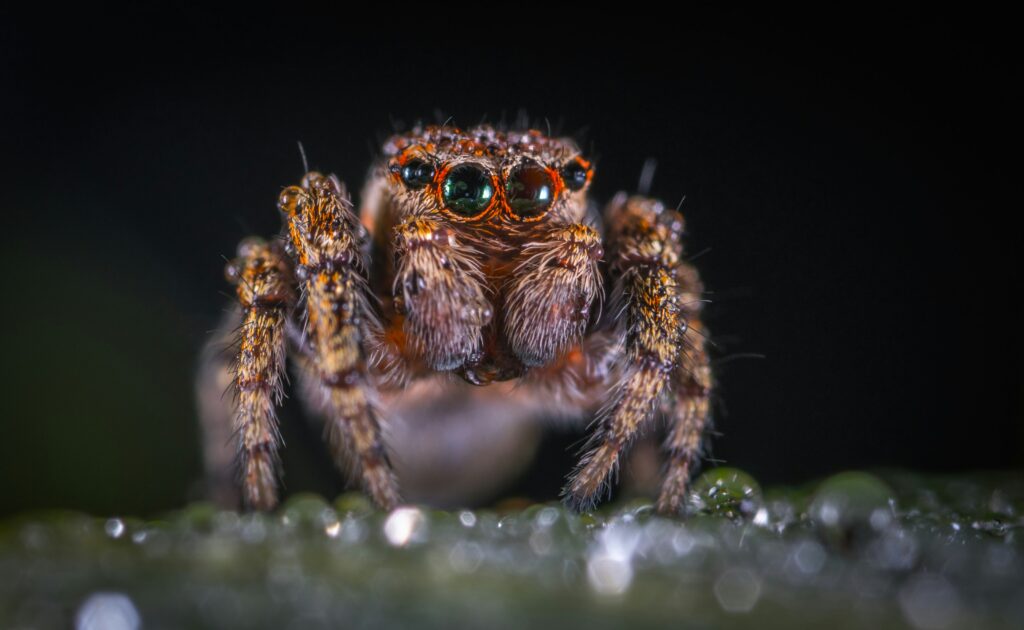When most people spot a spider in their garden, their first instinct might be to squish it or call for backup. However, these eight-legged creatures deserve a second look. Far from being mere pests, spiders play crucial roles in our backyard ecosystems and offer surprising benefits that many homeowners overlook. From natural pest control to fascinating ecological insights, the spiders quietly residing in your garden contribute significantly to its health and balance. This article explores the unexpected advantages of welcoming these misunderstood arachnids into your outdoor space rather than reaching for the bug spray.
Natural Pest Control Specialists
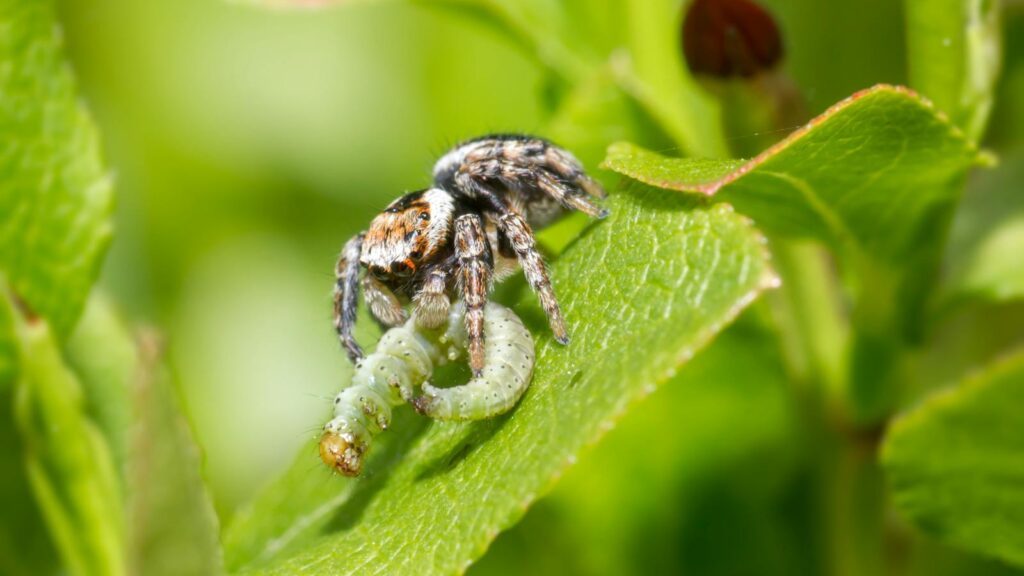
Spiders serve as nature’s pest management system, capturing and consuming numerous insects that might otherwise damage your plants or irritate you during outdoor activities. A single spider can devour hundreds of insects annually, including mosquitoes, flies, and even agricultural pests that threaten your vegetable garden. This natural form of pest control operates 24/7 without chemical interventions, making spiders silent allies in maintaining garden health. By allowing spiders to establish themselves in your yard, you essentially employ a free, environmentally friendly pest control service that targets problematic insects with remarkable efficiency.
Reducing the Need for Pesticides
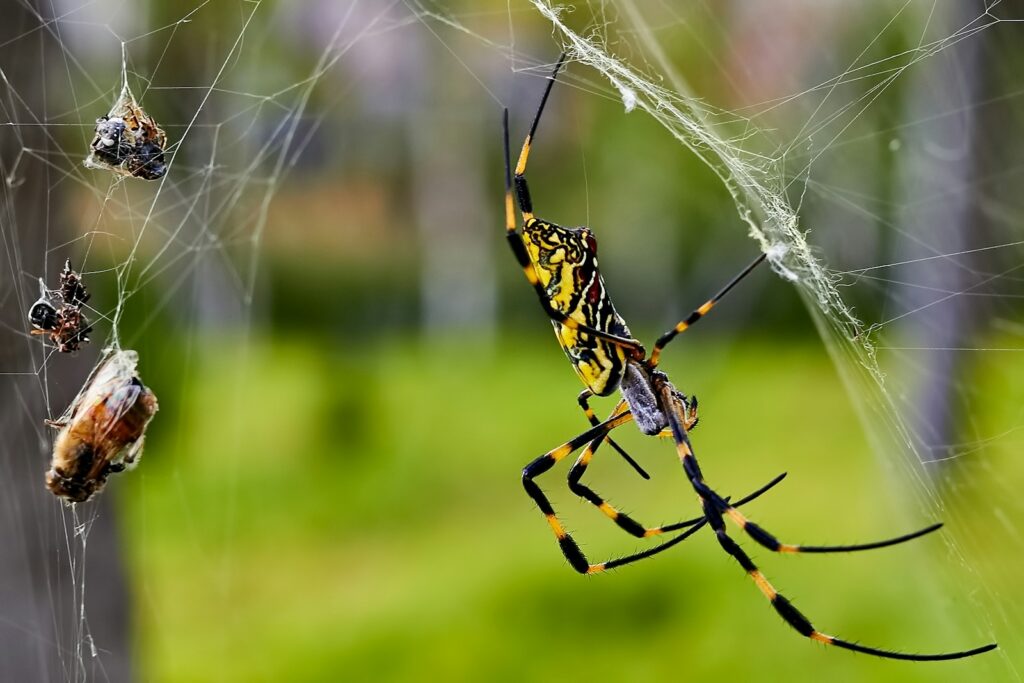
Welcoming spiders into your garden creates opportunities to reduce or eliminate chemical pesticide use, benefiting both the environment and your household’s health. Chemical pesticides often kill indiscriminately, harming beneficial insects alongside pests while potentially contaminating soil and water sources. Many of these products can also pose risks to pets, children, and wildlife that frequent your yard. When spiders handle pest control naturally, they create a sustainable cycle that specifically targets problem insects without these harmful side effects. This spider-friendly approach promotes a healthier microenvironment in your garden while saving you money on commercial pest control products.
Indicators of Ecosystem Health

The presence and diversity of spiders in your backyard can serve as valuable bioindicators reflecting the overall health of your garden’s ecosystem. Spiders are particularly sensitive to environmental changes, including pollution, habitat disruption, and the presence of certain chemicals. A thriving spider population typically indicates a balanced, functioning ecosystem with sufficient prey, appropriate shelter, and minimal toxic elements. Conversely, a sudden decline in spider numbers might signal environmental issues that warrant investigation. By observing the spider species that inhabit your space, you gain insights into your garden’s ecological condition that might otherwise remain invisible.
Supporting Biodiversity
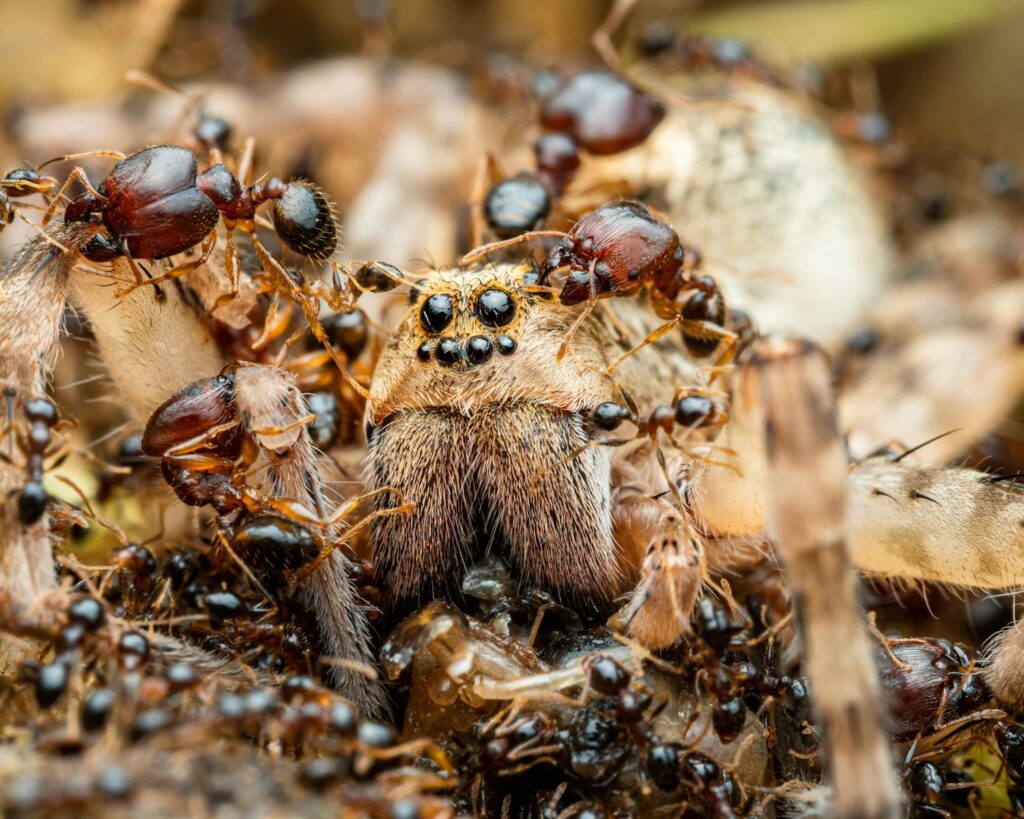
Encouraging spiders in your backyard contributes significantly to local biodiversity, creating a more resilient and balanced ecosystem. Different spider species occupy various ecological niches, from ground-dwelling hunters to web-builders in trees and shrubs. This diversity helps maintain checks and balances within the insect population, preventing any single species from dominating and potentially becoming problematic. Additionally, spiders themselves serve as food sources for birds, lizards, and other small animals, forming an important link in the backyard food web. By protecting spider habitats, you help preserve this complex web of interactions that contributes to a healthy, diverse garden environment.
Pollination and Plant Health Benefits
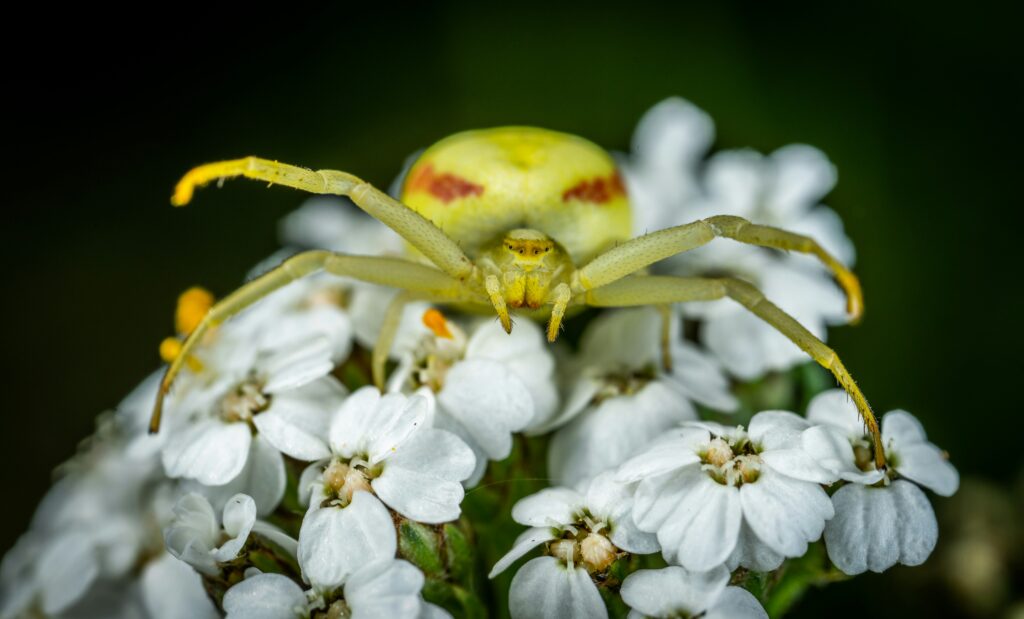
While spiders don’t directly pollinate plants like bees or butterflies, they indirectly support pollination and plant health through their predatory activities. By controlling populations of insects that feed on pollinators, spiders help ensure that beneficial insects can continue their important work. Some research suggests that gardens with healthy spider populations show improved plant growth and fruit production compared to those where spiders have been eliminated. Additionally, the presence of spiders can deter herbivorous insects that would otherwise damage leaves, stems, and flowers. This protective function helps maintain plant vigor without requiring intervention from gardeners, creating a more self-sustaining garden ecosystem.
Fascinating Educational Opportunities
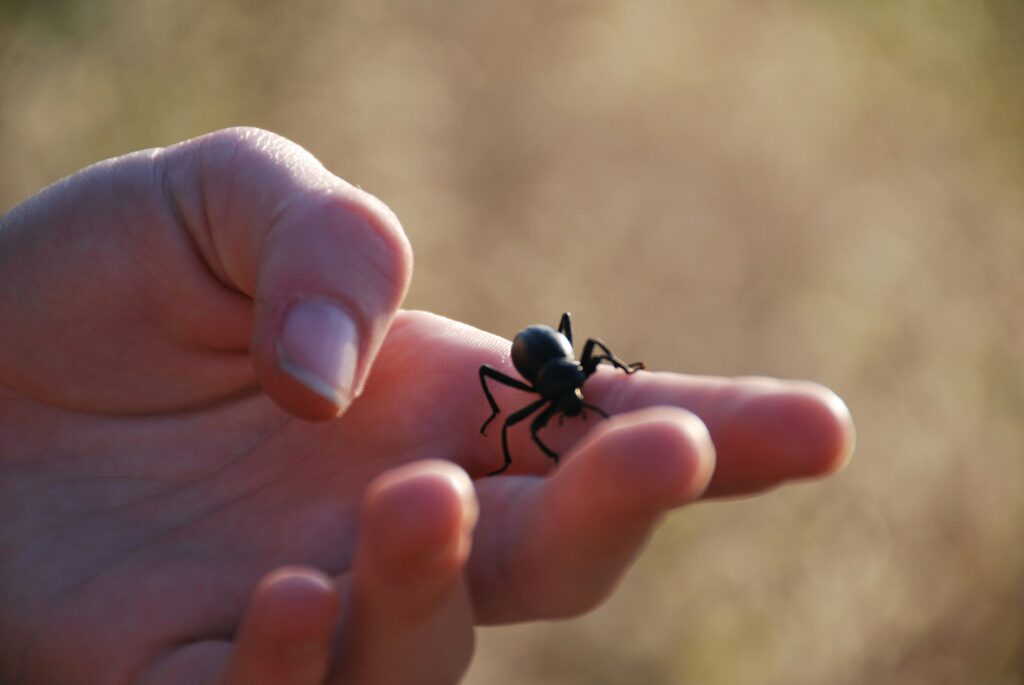
Having spiders in your backyard creates exceptional learning opportunities for both children and adults interested in natural science. Observing a spider spin its web demonstrates principles of engineering, geometry, and material science in action—the silk spiders produce is proportionally stronger than steel yet incredibly flexible. Watching hunting behaviors illustrates different predatory strategies, from the patient wait of ambush predators to the active pursuit of wolf spiders. For families with children, these observations can spark meaningful discussions about ecology, biology, and environmental stewardship. Many educators find that children’s natural curiosity about spiders provides an excellent gateway to broader scientific exploration and appreciation of the natural world.
The Marvel of Spider Silk
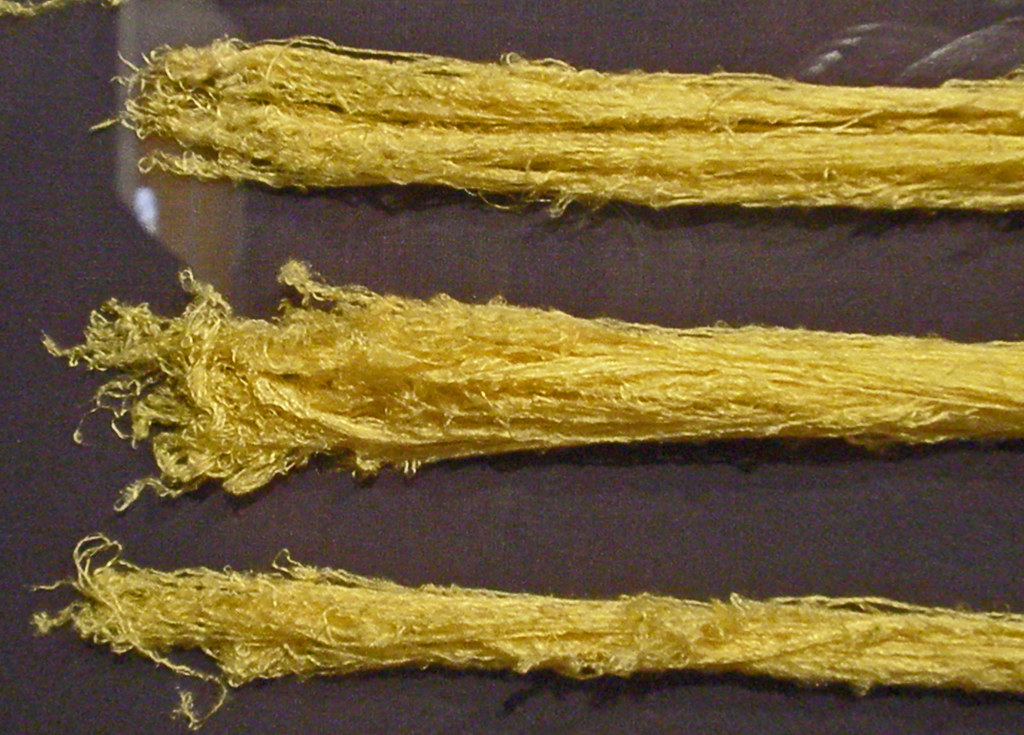
Spider silk represents one of nature’s most remarkable materials, and having spiders in your garden gives you front-row access to observe this biological wonder. Different spider species produce various types of silk with specific properties suitable for web building, egg protection, prey wrapping, or mobility. The strength-to-weight ratio of dragline silk exceeds that of steel, while its elasticity surpasses that of nylon. Morning dew highlighting intricate web patterns adds aesthetic beauty to gardens, creating stunning natural displays particularly visible at sunrise. Scientists continue studying spider silk for potential applications in medicine, textiles, and engineering, making these common backyard creatures contributors to cutting-edge scientific research.
Creating Spider-Friendly Habitats
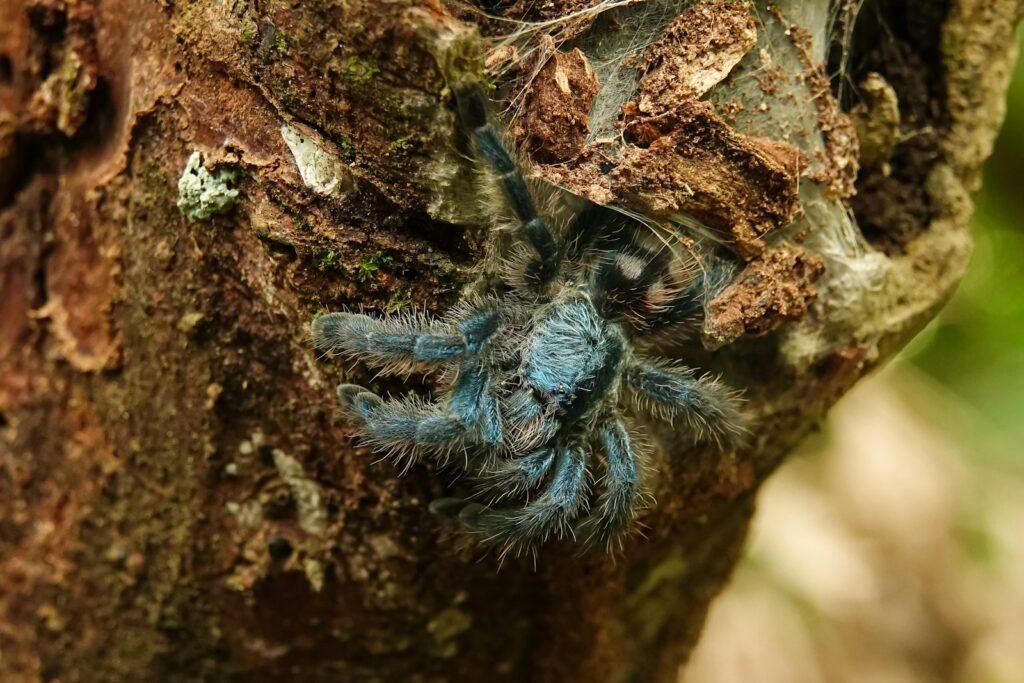
Encouraging beneficial spiders to reside in your backyard is relatively simple and requires minimal effort compared to other garden improvements. Maintaining areas with leaf litter, rock piles, or undisturbed mulch provides essential shelter for ground-dwelling species like wolf spiders. Preserving standing vegetation through winter offers overwintering sites for many web-building species, ensuring their presence when spring arrives with increased pest populations. Limiting outdoor lighting helps nocturnal hunting spiders operate effectively, as excessive artificial light can disrupt their normal behaviors. Avoiding broad-spectrum insecticides represents perhaps the most important step, as these chemicals often kill spiders along with the pests they would naturally control.
Reducing Disease Vectors
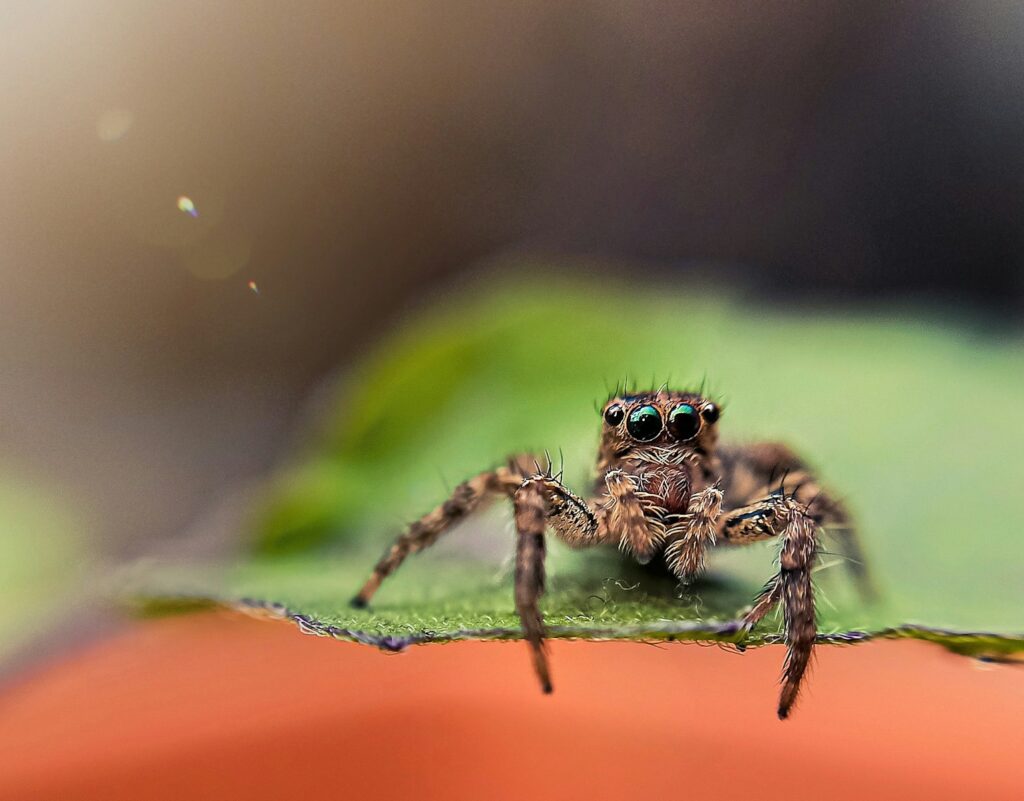
Many spiders prey upon insects that transmit diseases to humans, making them valuable allies in maintaining backyard health and safety. Mosquitoes, which can carry West Nile virus, Zika, and other pathogens, frequently become meals for jumping spiders, wolf spiders, and web-builders. Ticks, potential carriers of Lyme disease and other serious conditions, also fall prey to certain spider species that hunt near ground level. Flies, which can transport numerous bacteria and pathogens to food and surfaces, constitute a significant portion of many spiders’ diets. This natural control of disease vectors can reduce the risk of insect-borne illnesses for family members and pets enjoying outdoor spaces.
Spiders vs. Harmful Garden Pests
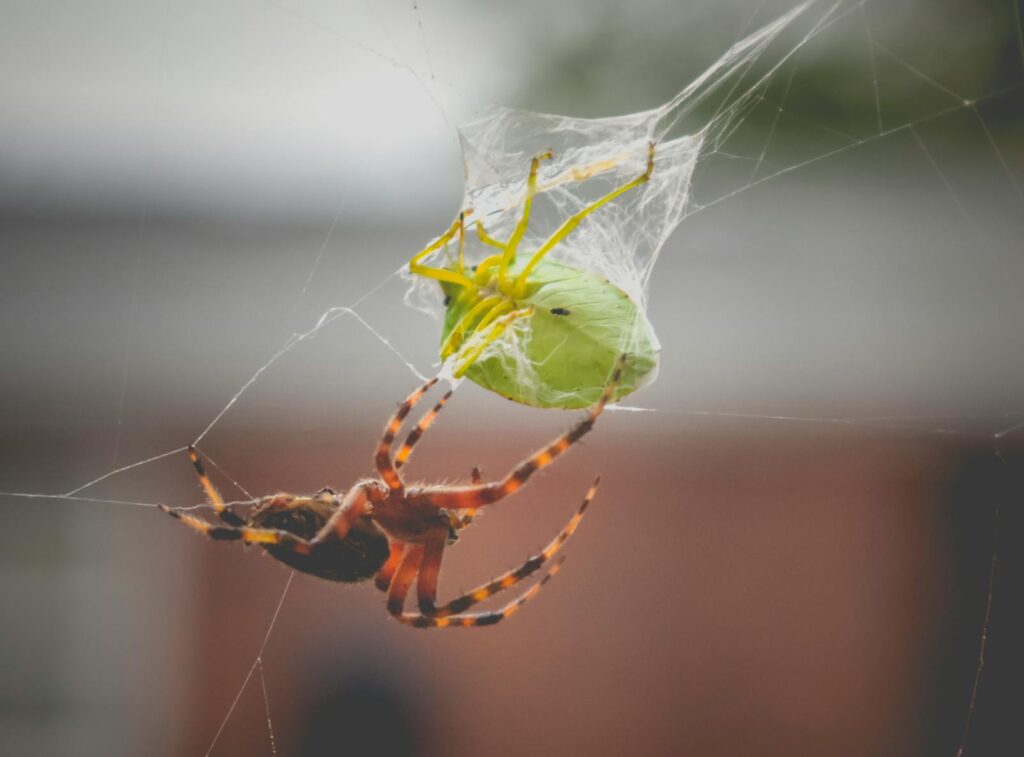
Garden-dwelling spiders target many of the most destructive plant pests, providing protection for vegetables, flowers, and ornamental plants. Aphids, which suck plant juices and can quickly multiply to harmful levels, are regularly consumed by smaller hunting spiders that patrol plant surfaces. Caterpillars that would otherwise defoliate plants often become ensnared in spider webs or fall victim to larger hunting spiders. Cucumber beetles, squash bugs, and other agricultural pests that damage food crops are also on the menu for many backyard spider species. Research demonstrates that gardens with healthy spider populations typically sustain less insect damage to plants, potentially increasing harvest yields and plant vigor.
Misconceptions and Safety Realities
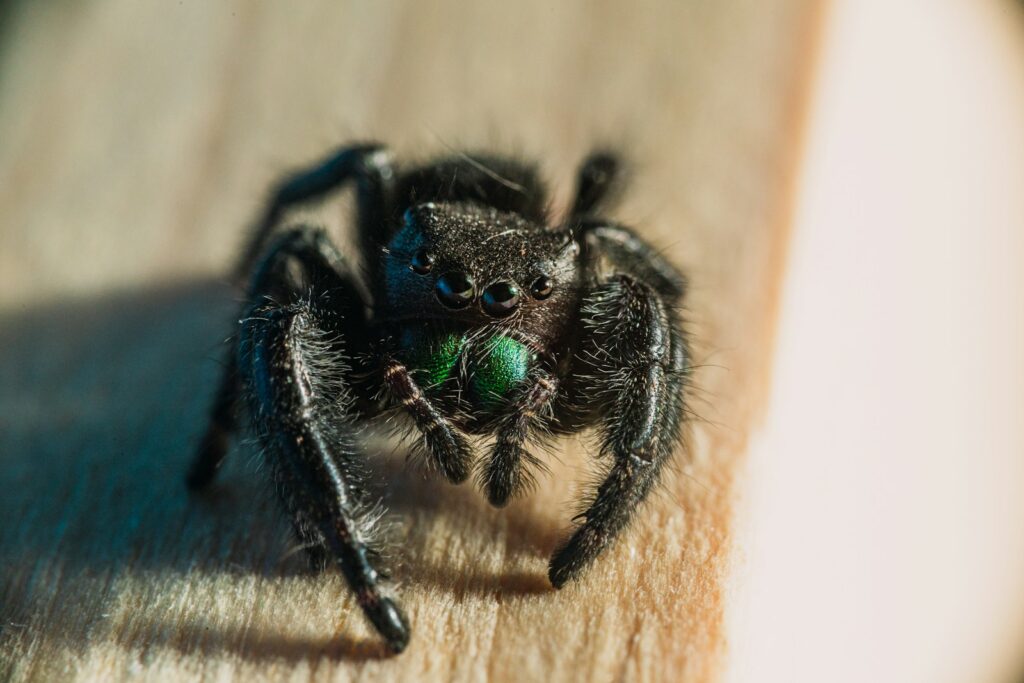
Most fears surrounding backyard spiders stem from misconceptions rather than actual danger, as the vast majority of species pose no threat to humans. In North America, only black widows and brown recluse spiders present potential medical concerns, and even these species rarely bite humans unless directly threatened or pressed against skin. Most spider bites attributed to these species are actually caused by other conditions, including bacterial infections, different arthropod bites, or allergic reactions. Common garden spiders like orb weavers, jumping spiders, and wolf spiders have venom designed for subduing small prey, not causing harm to humans. Learning to identify the few species of concern while appreciating the beneficial majority represents a balanced approach to backyard spider management.
Spiders as Artistic Inspiration
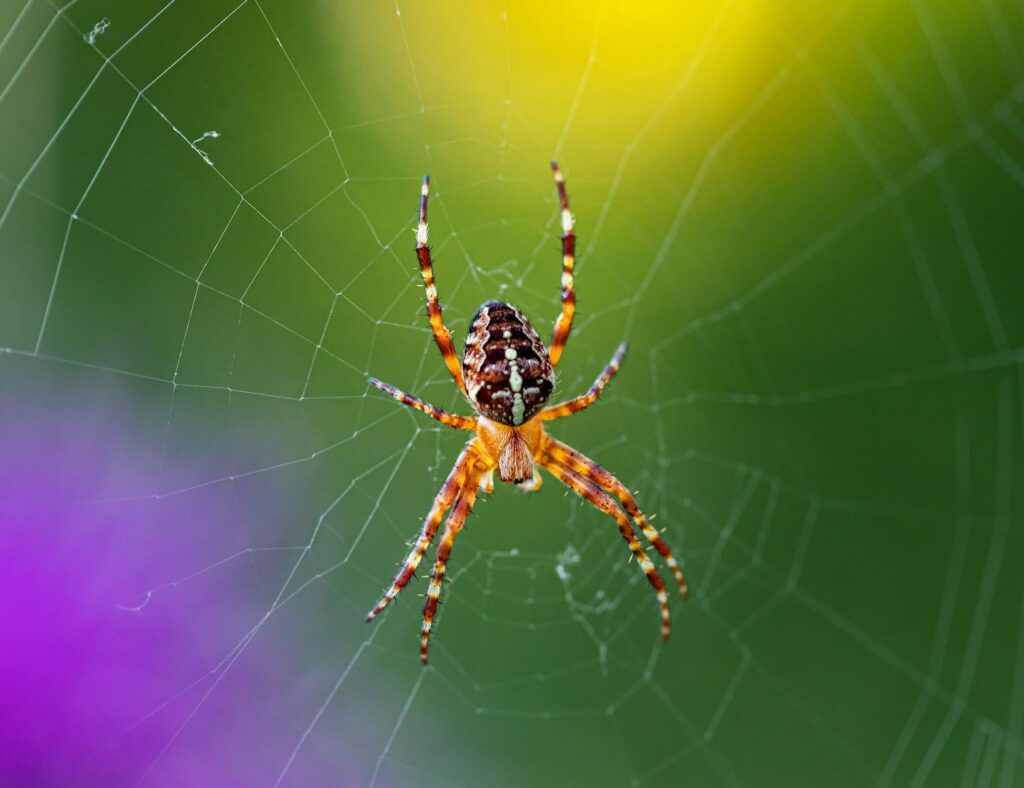
Throughout human history, spiders and their webs have inspired artists, designers, architects, and engineers with their geometric precision and functional beauty. Photographing dew-covered spider webs in early morning light can produce stunning images capturing both natural artistry and scientific principles. The radial symmetry of orb weaver webs has influenced architectural design, particularly in structures requiring both strength and minimal material use. Spider silk’s combination of tensile strength and flexibility continues to inspire materials scientists developing new synthetic fibers for various applications. Having these natural artists in your backyard provides constant visual inspiration that changes throughout the seasons as different species create their unique structures.
Seasonal Dynamics of Backyard Spider Populations
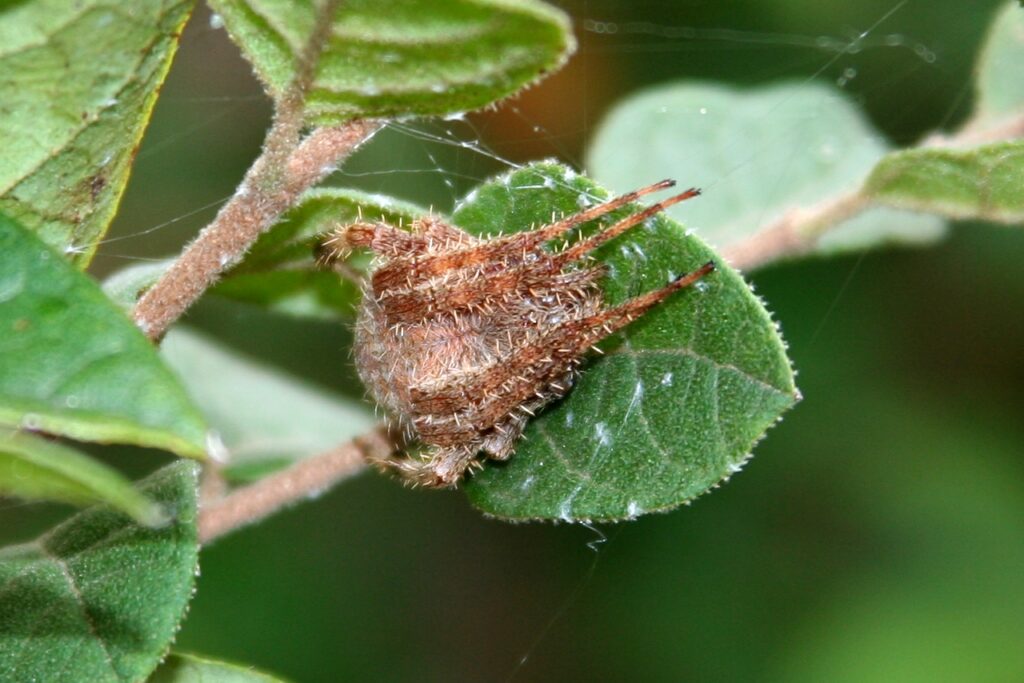
Understanding the seasonal patterns of spider activity helps gardeners appreciate how these arachnids synchronize their life cycles with pest emergence and environmental conditions. Spring typically brings increased activity from overwintering spiders coinciding with the emergence of many garden pests, providing early protection for developing plants. Summer sees peak spider diversity and web-building, with many species reaching maturity and reproducing during this period of maximum food availability. Fall often features the most visible spider activity, as larger orb weavers construct impressive webs and prepare for reproduction before winter arrives. Winter doesn’t eliminate spiders but changes their presence, with many species overwintering as eggs or hibernating in protected microhabitats, ready to emerge when conditions improve and their services are needed once again.
Conclusion

The spiders in your backyard deserve recognition as valuable garden allies rather than unwelcome intruders. From their exceptional pest control services to their roles in supporting biodiversity and ecosystem health, these eight-legged residents offer numerous benefits that enhance both garden productivity and environmental quality. By fostering an appreciation for these fascinating creatures and creating conditions that allow them to thrive, homeowners can harness nature’s own solutions to common garden challenges while reducing reliance on chemical interventions. The next time you spot a spider in your garden, consider pausing to observe its activities—you’re witnessing one of nature’s most effective and elegant solutions to pest management in action.

